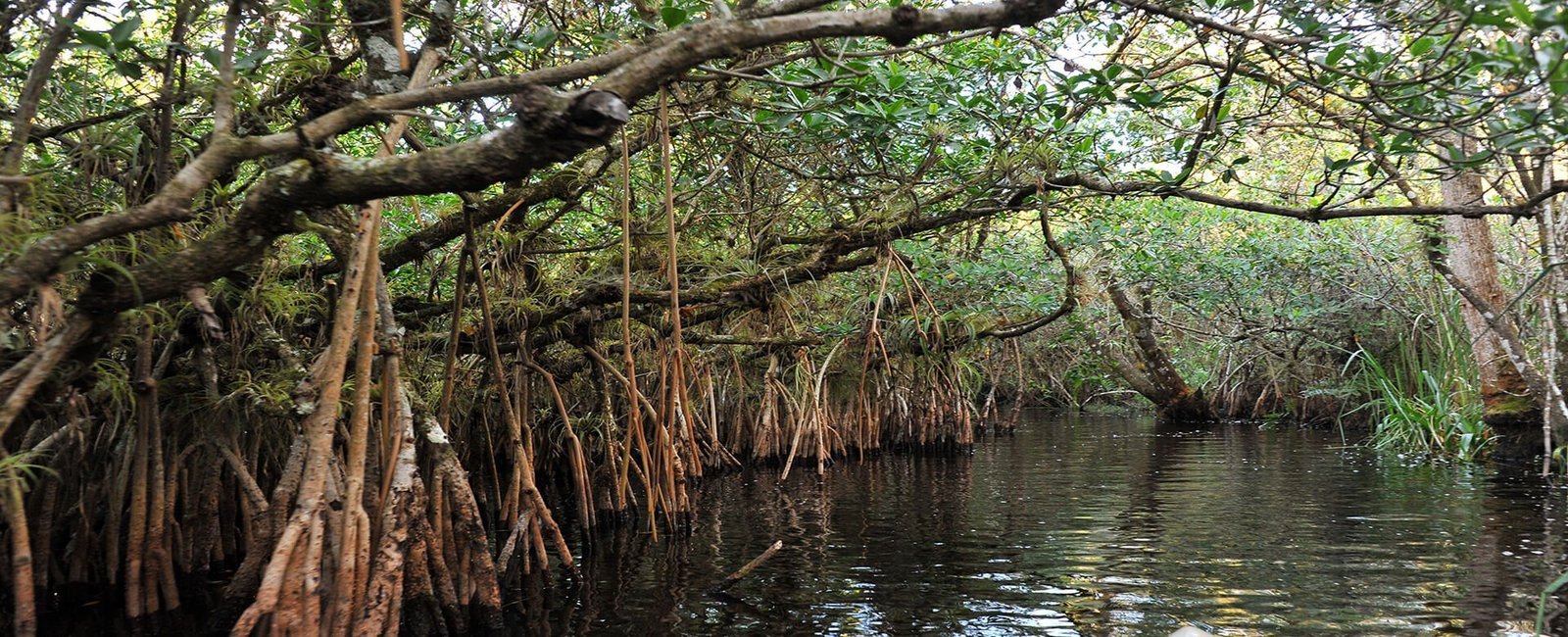Florida National Parks
Welcome to the Sunshine State of Florida, a tropical paradise situated in the southeastern United States. Known for its stunning beaches, vibrant culture, and abundant wildlife, Florida offers a diverse range of natural attractions. While Florida does not have any national parks, it is home to several national preserves, seashores, and monuments that showcase the state’s unique ecosystems and coastal beauty.
Located on the southeastern tip of the United States, Florida is surrounded by the Atlantic Ocean on one side and the Gulf of Mexico on the other. Its subtropical climate, with mild winters and hot, humid summers, creates a favorable environment for a wide variety of plant and animal species.
Florida’s coastal geography is a tapestry of pristine beaches, mangrove forests, coral reefs, and unique wetland habitats. From the iconic Everglades National Park, which preserves the largest subtropical wilderness in the United States, to the protected seashores and estuaries of Biscayne National Park and Gulf Islands National Seashore, these natural areas provide visitors with opportunities for outdoor activities such as hiking, wildlife spotting, fishing, boating, and snorkeling.
In addition to the national preserves and seashores, Florida also boasts other protected areas such as Big Cypress National Preserve, Canaveral National Seashore, and Fort Caroline National Memorial. Each of these areas offers visitors a chance to experience Florida’s natural beauty, rich biodiversity, and cultural heritage.
List of National Parks in Florida
Everglades National Park
Located in southern Florida, Everglades National Park is a unique and iconic wetland ecosystem. It is the largest subtropical wilderness in the United States, home to diverse wildlife and plants. Visitors can explore the vast sawgrass prairies, mangrove forests, and freshwater marshes by boat, kayak, or walking trails. The park offers opportunities for wildlife spotting, including alligators, manatees, and a wide variety of bird species. It is also a designated International Biosphere Reserve and World Heritage Site, highlighting its ecological significance.
Biscayne National Park
Situated just off the coast of Miami, Biscayne National Park protects a diverse marine environment. The park encompasses Biscayne Bay, coral reefs, and a collection of small islands. Visitors can go snorkeling, diving, or take boat tours to discover the vibrant coral reefs teeming with colorful fish and other marine life. The park is also a sanctuary for threatened and endangered species, such as the West Indian manatee and the American crocodile.
Dry Tortugas National Park
Located about 70 miles west of Key West, Dry Tortugas National Park is a remote and pristine island paradise. Accessible only by boat or seaplane, the park consists of seven small islands and the impressive Fort Jefferson, a historic 19th-century coastal fortress. Snorkeling and diving enthusiasts will be captivated by the crystal-clear waters, vibrant coral reefs, and the opportunity to explore shipwrecks. The park also serves as a critical breeding ground for seabirds and sea turtles.
Each of these national parks in Florida offers a unique and captivating experience. From the expansive wetlands of Everglades National Park to the underwater wonders of Biscayne National Park and the remote beauty of Dry Tortugas National Park, visitors have the opportunity to immerse themselves in Florida’s diverse ecosystems, encounter remarkable wildlife, and witness the natural wonders that set these parks apart.





